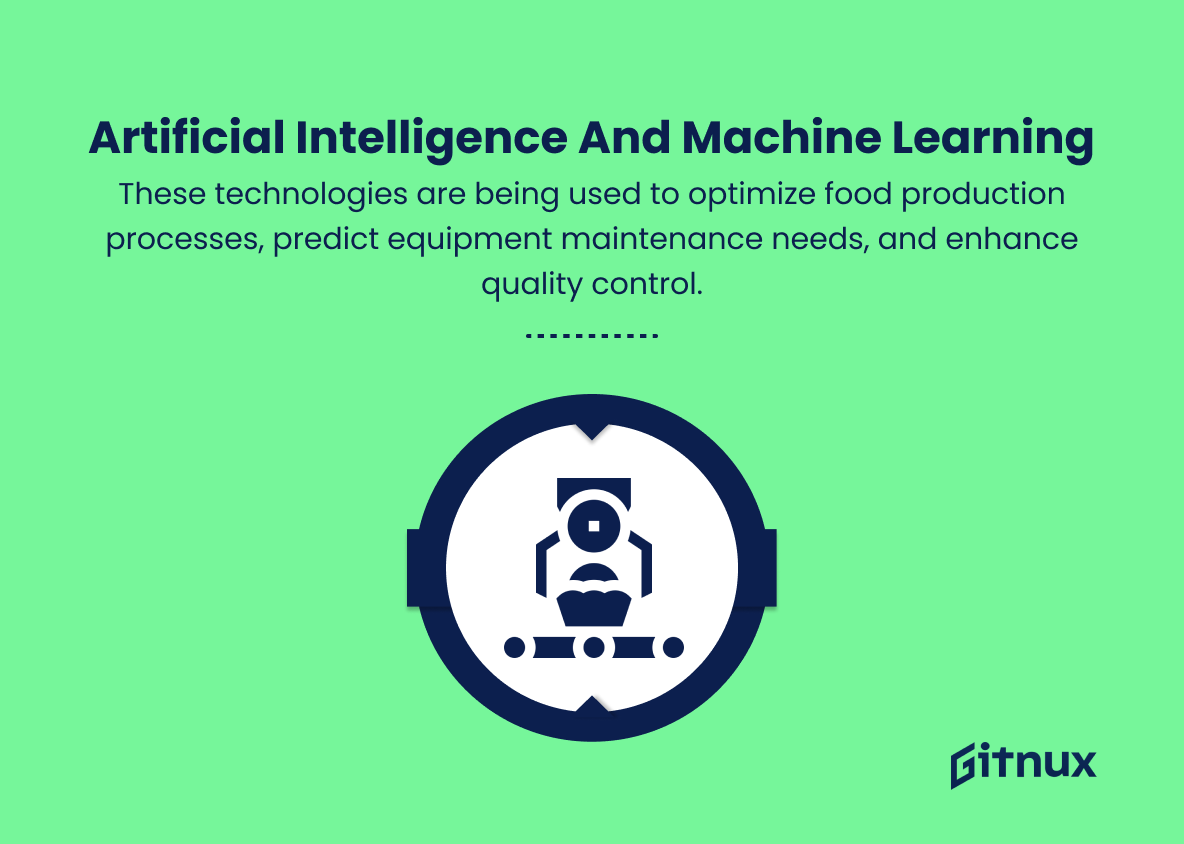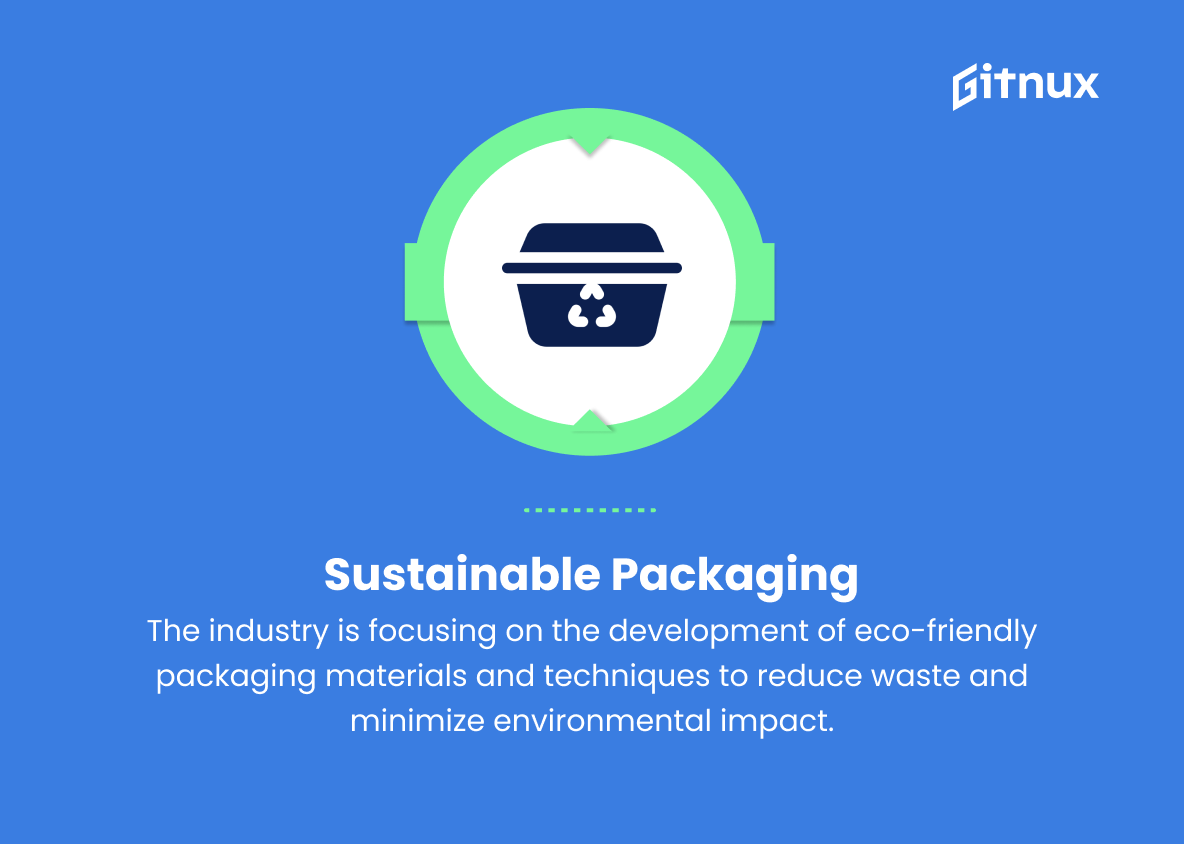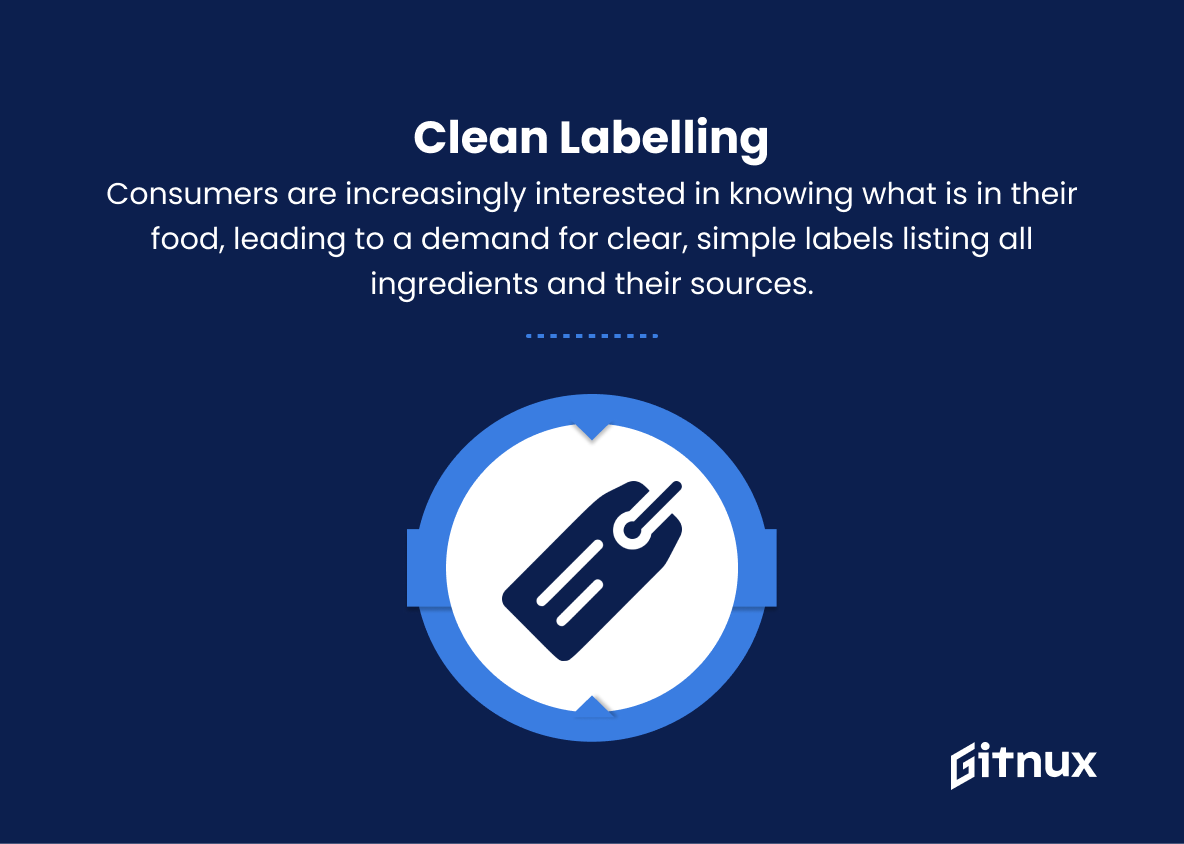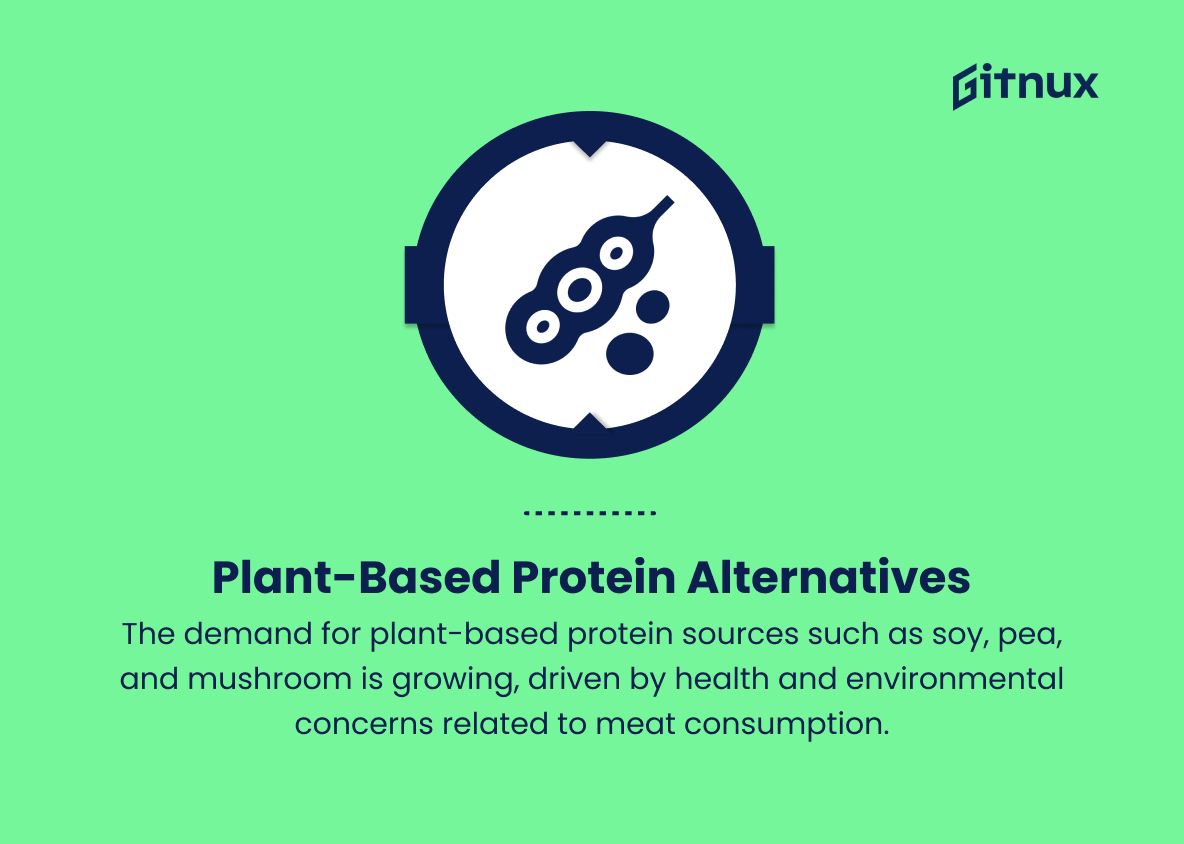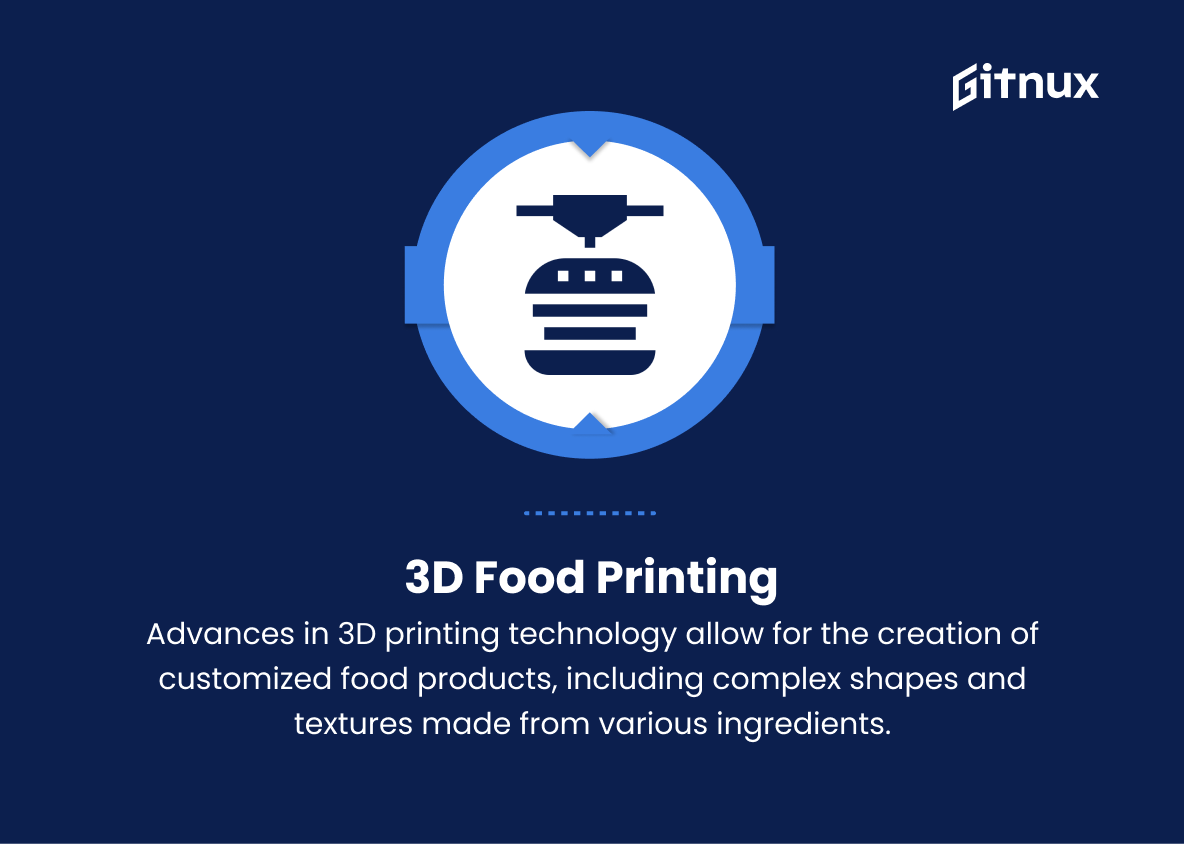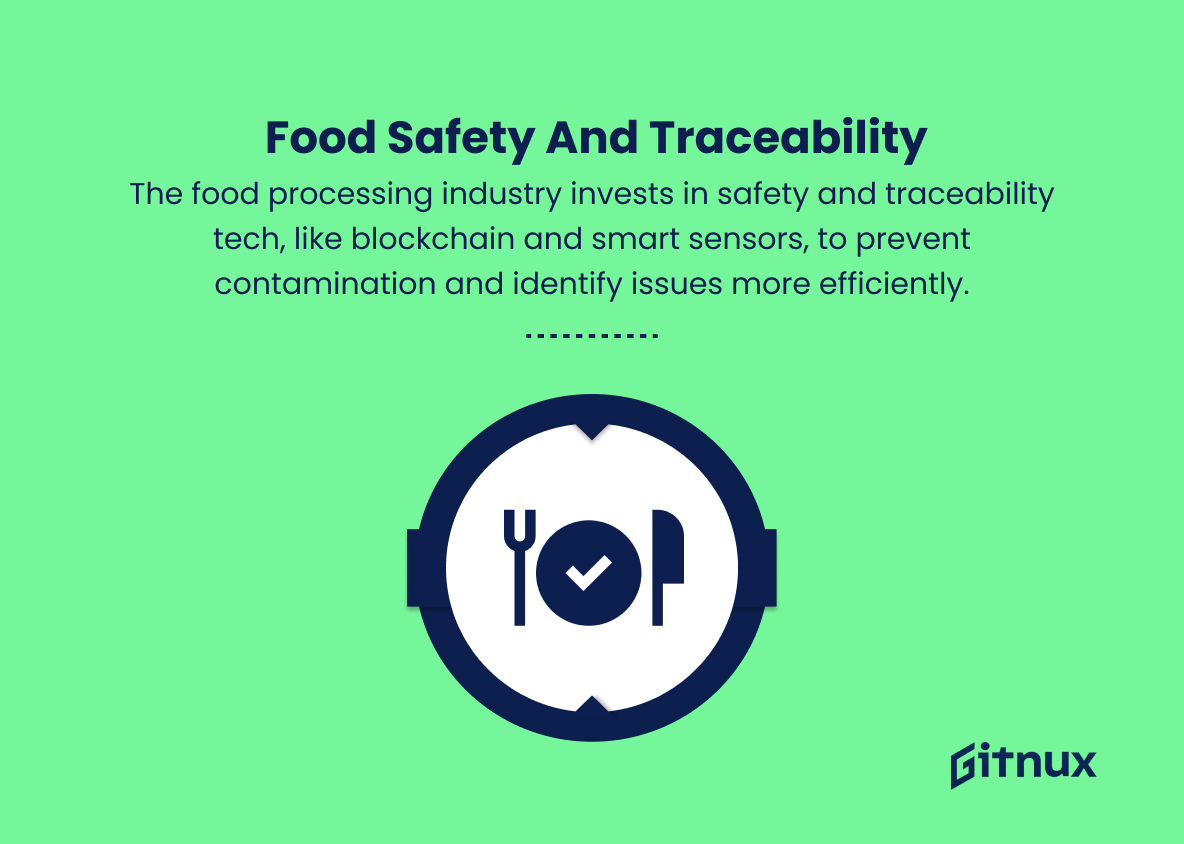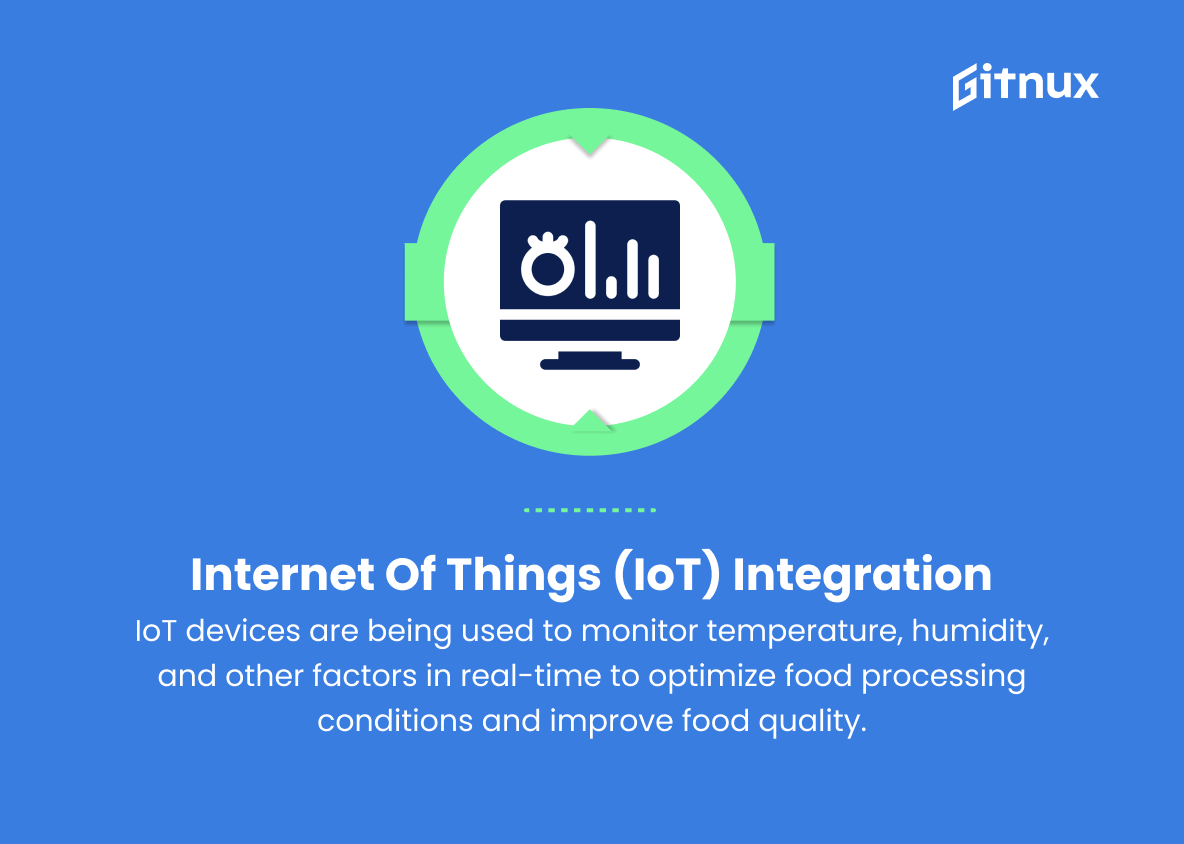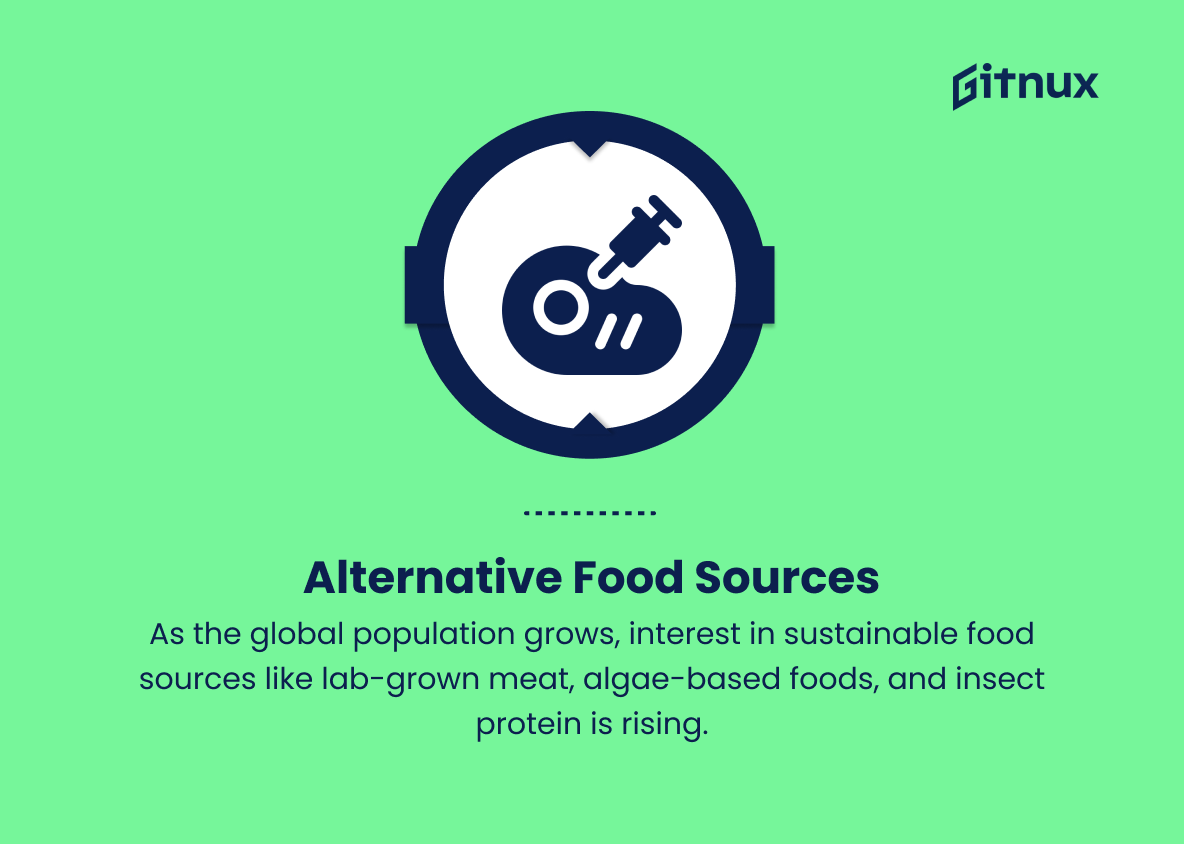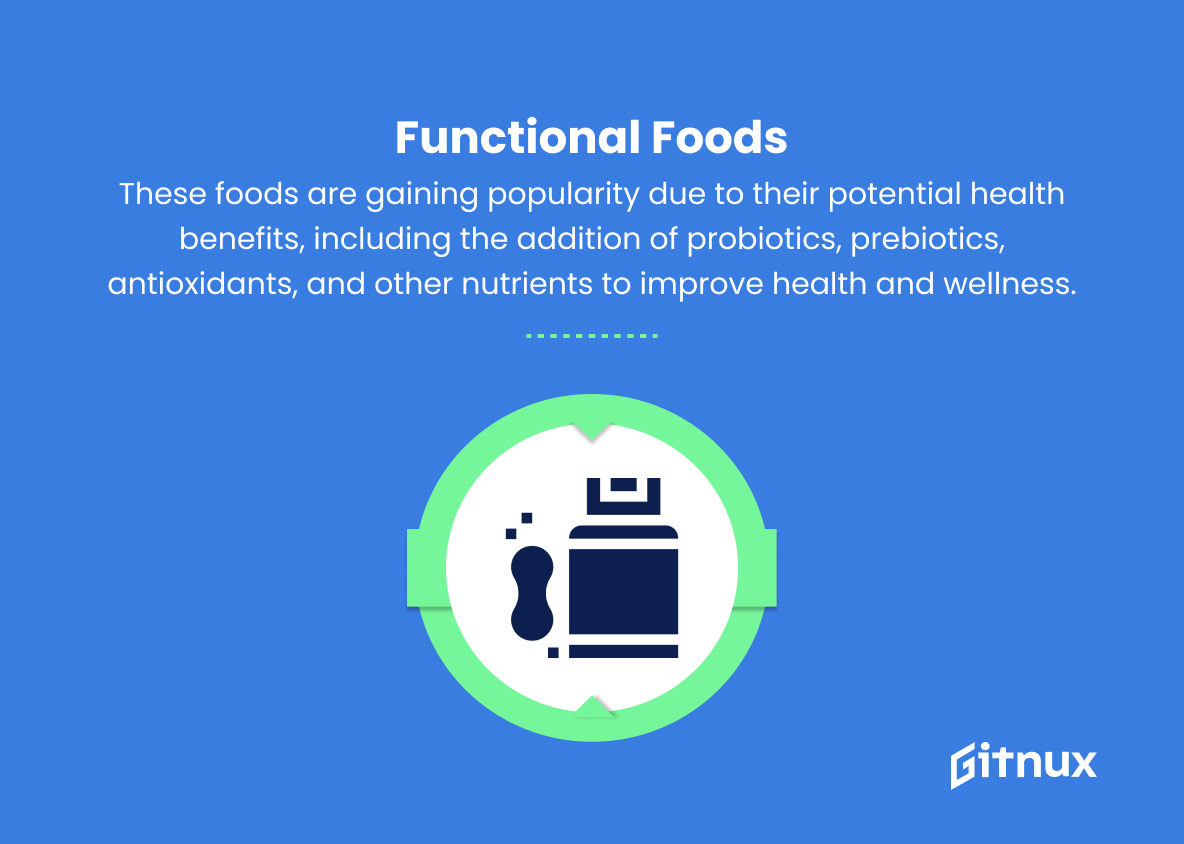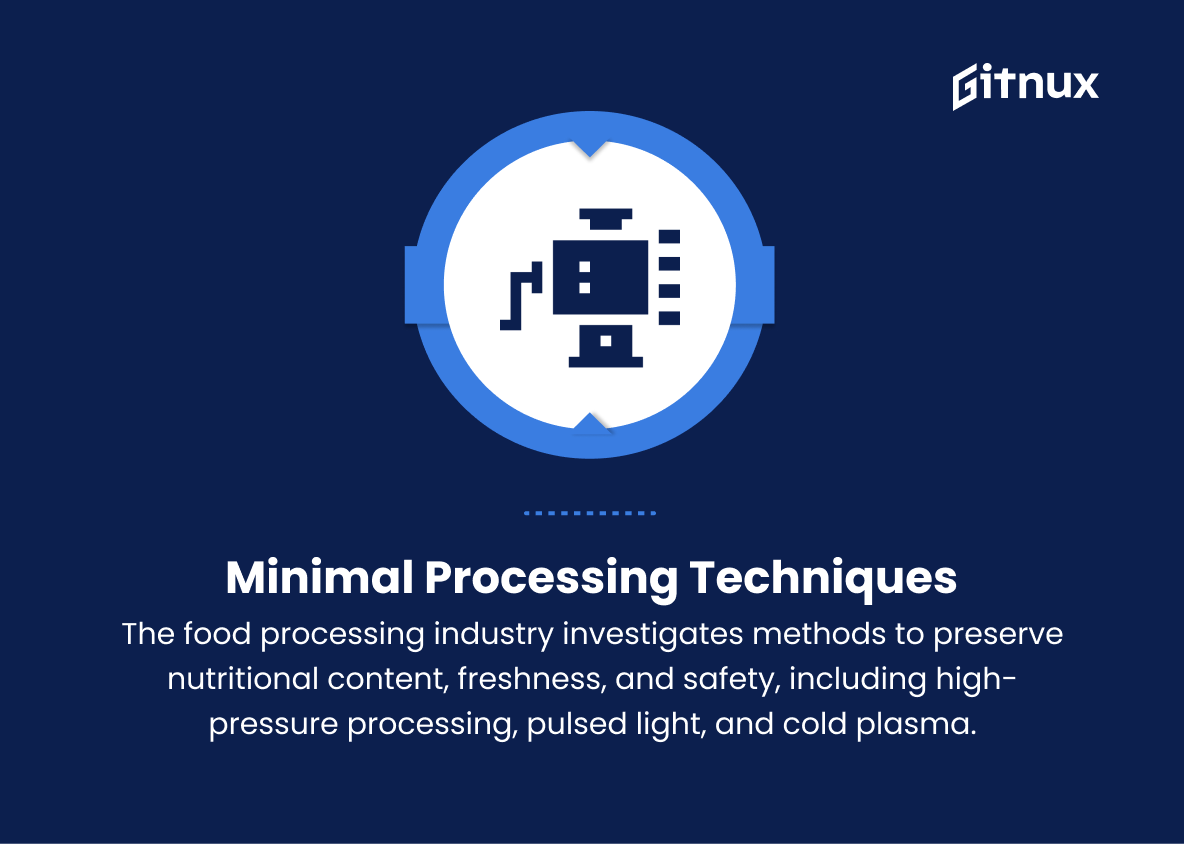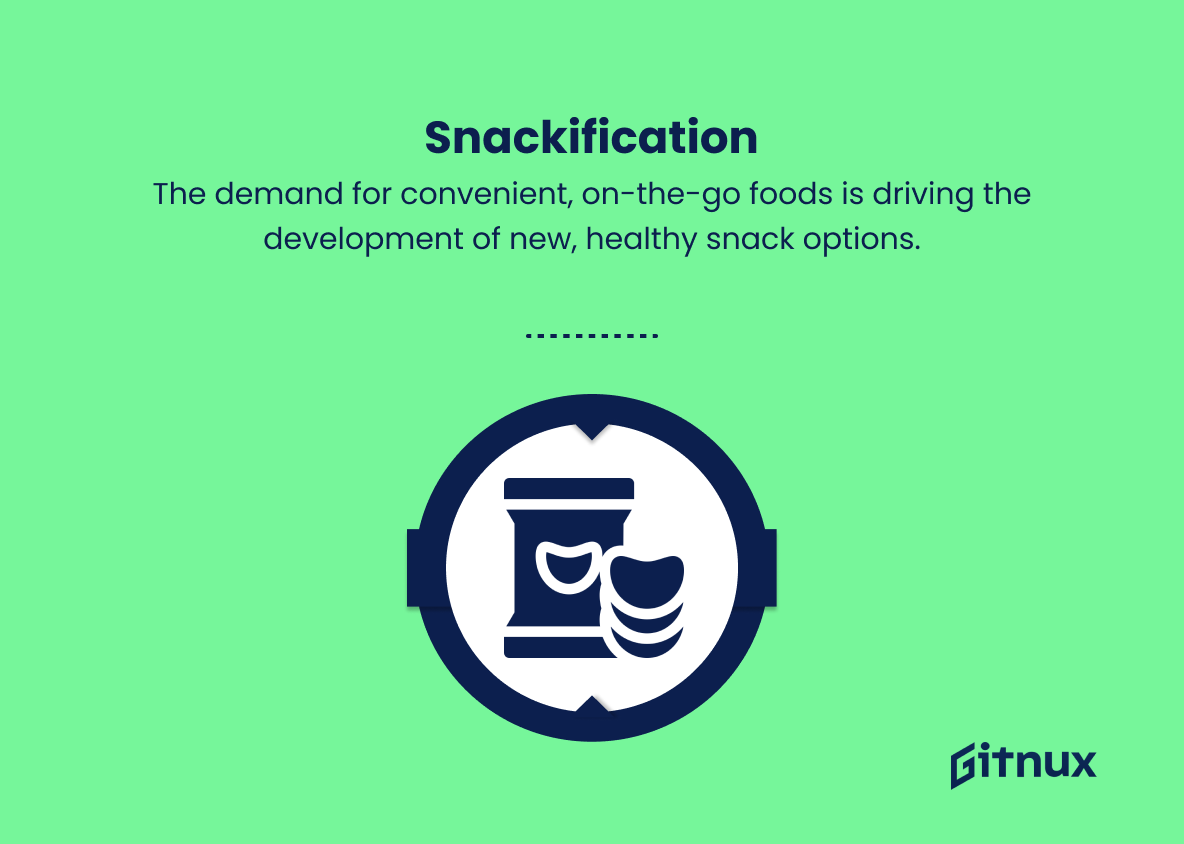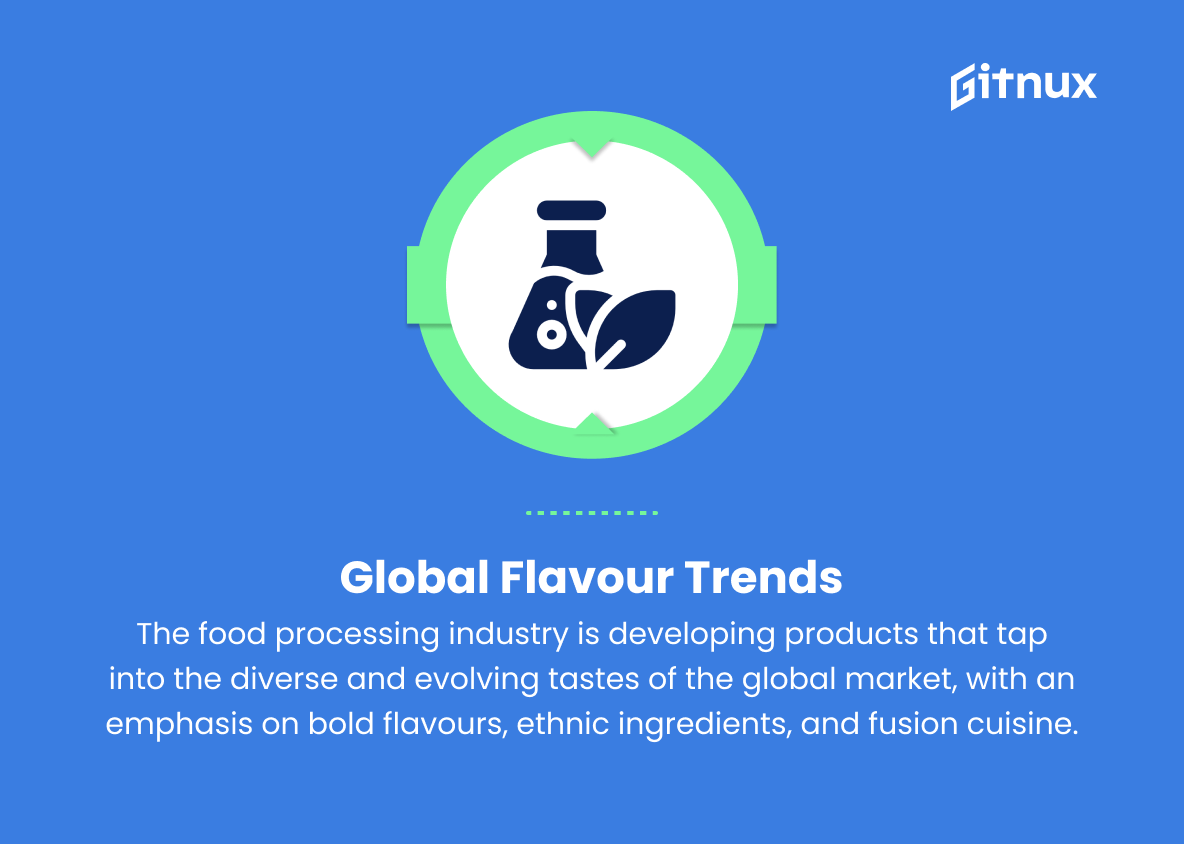In today’s ever-evolving world, the food processing industry continues to play a pivotal role in shaping the way consumers perceive, purchase, and consume their daily meals. Driven by advancements in technology and growing consumer demand for healthier, sustainable, and convenient food options, the industry is witnessing a rapid transformation that has significant implications for both businesses and consumers.
In this meticulously curated blog post, we delve deep into the most recent food processing industry trends and analyse their potential impact on various stakeholders in the global food supply chain. We aim to shed light on the challenges, opportunities, and expectations that lie ahead, as we collectively march towards a more efficient, transparent, and resilient food processing landscape.
Top Food Processing Industry Trends
1. Automation and Robotics
The food processing industry is increasingly turning to automation and robotics to improve efficiency, reduce labour costs, and maintain hygiene standards.
2. Artificial Intelligence and Machine Learning
These technologies are being used to optimize food production processes, predict equipment maintenance needs, and enhance quality control.
3. Sustainable Packaging
The industry is focusing on the development of eco-friendly packaging materials and techniques to reduce waste and minimize environmental impact.
4. Clean Labelling
Consumers are increasingly interested in knowing what is in their food, leading to a demand for clear, simple labels listing all ingredients and their sources.
5. Plant-based Protein Alternatives
The demand for plant-based protein sources such as soy, pea, and mushroom is growing, driven by health and environmental concerns related to meat consumption.
6. Personalized Nutrition
As consumers become more aware of their individual dietary needs, food processors are developing products tailored to specific health goals, dietary restrictions, and preferences.
7. 3D Food Printing
Advances in 3D printing technology allow for the creation of customized food products, including complex shapes and textures made from various ingredients.
8. Food Safety and Traceability
The food processing industry is investing in technologies that ensure food safety and traceability, such as blockchain or smart sensors, to prevent contamination and identify sources of problems more easily.
9. Internet of Things (IoT) Integration
IoT devices are being used to monitor temperature, humidity, and other factors in real-time to optimize food processing conditions and improve food quality.
10. Vertical Farming
The concept of vertical farming involves growing crops in stacked, indoor environments, which allows for increased crop yields and reduced water usage.
11. Alternative Food Sources
As the global population continues to grow, the need for sustainable and efficient food sources is driving interest in emerging food production methods, such as lab-grown meat, algae-based foods, and insect protein.
12. Functional Foods
These foods are gaining popularity due to their potential health benefits, including the addition of probiotics, prebiotics, antioxidants, and other nutrients to improve health and wellness.
13. Minimal Processing Techniques
The food processing industry is exploring methods that maintain the nutritional content and freshness of food while still ensuring safety, such as high-pressure processing, pulsed light, and cold plasma.
14. Snackification
The demand for convenient, on-the-go foods is driving the development of new, healthy snack options.
15. Global Flavour Trends
The food processing industry is developing products that tap into the diverse and evolving tastes of the global market, with an emphasis on bold flavours, ethnic ingredients, and fusion cuisine.
16. Circular Economy
Reducing waste and making the most of resources is a growing concern in the food processing industry, with many companies exploring ways to repurpose side-stream ingredients, reduce energy use, and improve overall sustainability.
Implications
The food processing industry is undergoing a radical transformation as automation, robotics, artificial intelligence, and machine learning are being adopted to increase efficiency, reduce costs, and enhance quality control. Simultaneously, the industry is pivoting towards sustainability by embracing eco-friendly packaging, plant-based protein alternatives, and vertical farming, which minimizes resource consumption.
In response to customer demands, the industry is focusing on clean labelling, personalized nutrition, and diverse global flavours along with the creation of functional foods that provide additional health benefits. Innovative technologies, such as 3D food printing and IoT integration, are driving new opportunities for customization and precise management of the production process.
The focus on food safety and traceability has catalysed investments in blockchain and smart sensor technologies to prevent contamination and easily trace problematic sources. Additionally, minimal processing techniques are being explored to maintain the nutritional content and freshness of foods, while the ongoing trend of snackification is encouraging the development of convenient, healthy on-the-go options.
Lastly, the food processing industry is increasingly adopting circular economy principles to reduce waste, optimize resource utilization, and improve overall sustainability, paving the way for a more responsible and efficient food system.
Conclusion
In conclusion, the food processing industry is undergoing a transformation as it adapts to changing consumer preferences, technological advancements, and environmental concerns. As we have discussed in this blog post, trends such as a focus on health and sustainability, automation and innovations in processing techniques, and increased demand for transparency and traceability, are shaping the future of this important sector.
To stay competitive and relevant, industry players must keep a close eye on these trends and adopt forward-thinking strategies, embracing digitalization and sustainability while ensuring food safety and quality. By doing so, the food processing industry can continue to contribute positively to the global economy and meet the ever-evolving demands of consumers.

